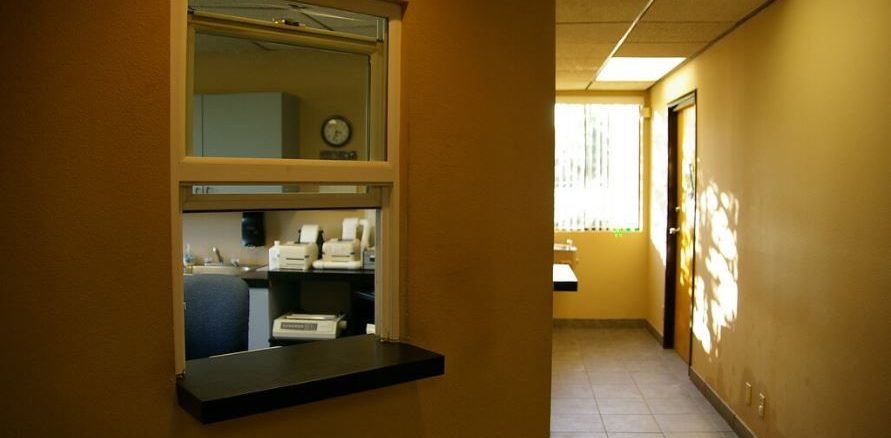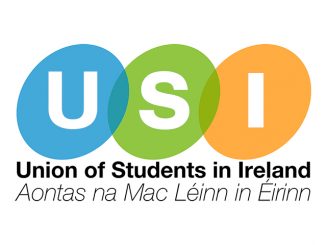
The Methadone Treatment Protocol (MTP) has been in Ireland since 1998. The patients of these methadone clinics are still facing the same stigma as those who attended the clinics 22 years ago.
Methadone is a long-acting analgesic (painkiller) in the opioid family. It is chemically related to opioids and is an effective substitute as it does not leave patients with the same euphoric effect.
It works by reducing the painful symptoms of withdrawal, such as muscle aches or abdominal cramping, while also suppressing drug cravings for 24 to 36 hours. On average, methadone maintenance is usually taken for a year to make drug abuse recovery easier.
The MTP was introduced in response to high rates of HIV (Human Immunodeficiency Disease) and a vast increase in deaths from the heroin epidemic. This was particularly evident in underprivileged areas in Dublin.
Such methadone maintenance treatments lower death rates, lowers crime rates, keeps patients in a treatment programme, and improves the physical health and pregnancies of heroin dependent patients according to a 2018 study by the Irish College of General Practioners (ICGP).
When the MTP was first being set up many General Practioners (GPs) were reluctant to get involved, however the structured framework of it helped to ease their concerns. This included additional training, known as Level 1 and Level 2, according to the ICGP.
At the time of the study, there was a network of Level 1 and Level 2 GPs working in the Health Service Executive’s (HSE) addiction centres, treating more than 10,000 patients across Ireland.
In 2019, a study ‘Experiences of people engaged in long-term methadone maintenance treatment’, by TCD found that the average age of drug use was 14 years of age, and the average age of first using heroin was 19 years old.
A wide range of participants in the study reported they had negative interactions and experiences with health professionals and little independence in their treatment.
A former substance abuser from Ballymun, Dublin has been attending his local methadone clinic for the past 15 years after being referred to by his doctor.
Overall, the 42-year-old has had a positive experience as the methadone has stopped his drug cravings and helped him recover. Despite this, his doctor has given him a distant and negative experience that made him feel as though they didn’t really care.
Within the clinic, there are general assistants who he has found are more helpful and informative than the doctors themselves. He describes the clinics as “robotic” as the doctor “barely looks up from his computer” when he comes in to see him.
“It’s been good, it kept me off the drugs. But, the help from the doctors hasn’t been great,” he said.
He now feels confident he can come off his methadone treatment without relapsing, but his doctor doesn’t advise that he stops treatment. He has to take random urine tests to test for drugs frequently, all of which have shown no trace of drugs in his system.
In order for the doctor to agree to take him off his methadone treatment, he must first develop a plan with his key worker. A key worker is a trained professional that substance abusers are paired up with to guide them through their recovery.
This man’s key worker is located in the Ballymun Youth Action Project (BYAP) centre, which is closed indefinitely due to Covid-19. When the centre opens back up, he can meet with his key worker to draw up a plan and they will then go to the doctor together.
“When they get on to the doctor, they have more pull than myself,” he explained.
The BYAP is a community-based response to drug and alcohol misuse, founded in 1981 after three young residents of Ballymun died from drug-related causes.
They work with members of the community who have been affected my drug and alcohol misuse, along with their family, to guide them in the right direction and to keep them on track.
“Our vision is one where people have the right and the opportunity to live and thrive without being held back by the negative impact of drug or alcohol use.”
The issue of stigma isn’t just felt by this one resident of Ballymun. When he speaks with other friends and acquaintances who attend the clinics “feel the same as me”, they have all felt there is a negative and systematic interaction with their doctors.
In the TCD study, stigma was a highly prominent experience reported by the participants, including stigma within their treatment centre and their community, saying they have felt disrespected and stereotyped in their clinics.
The Ballymun resident said: “We’re not all bad, we just want to get help and move on.”
Note: This article was reuploaded on 04/04/21 due to a fault with The College View website.
Emily Clarke
Image credit: Shutterstock



